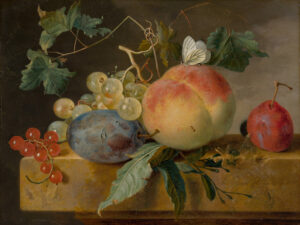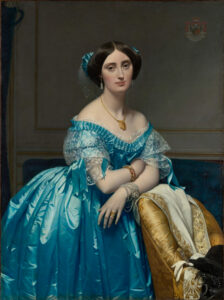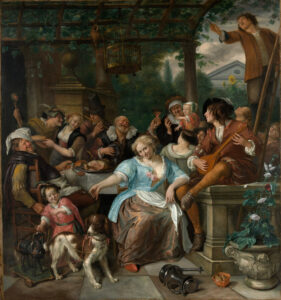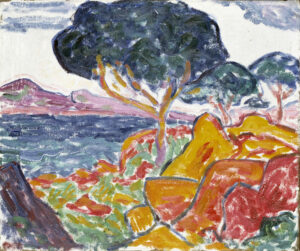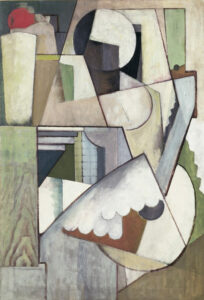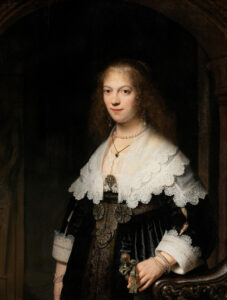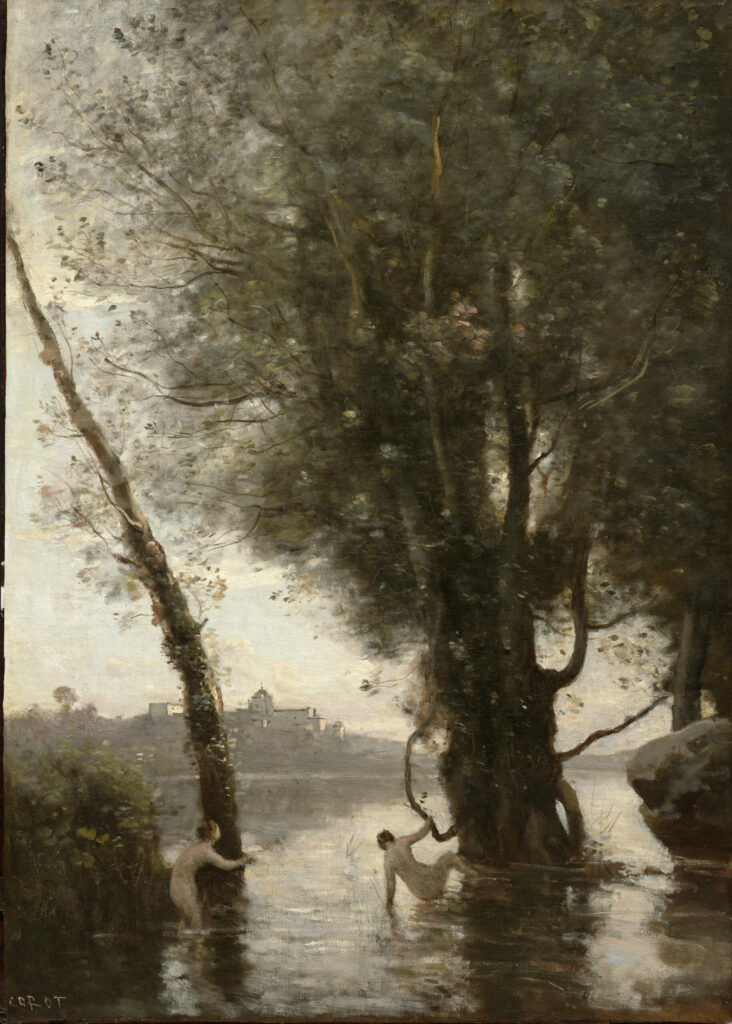
Bathers of the Borromean Islands reveals Corot’s poetic art, a nostalgic vision of a dreamed rather than observed Italy.
This late work transposes the classical theme of the nude in landscape into lyrical meditation, painted more than twenty years after the artist’s last Italian sojourn. The Borromean Islands of Lake Maggiore, famous for their romantic isolation, become the pretext for an evocation where bathers move in golden light filtered through foliage. Corot masterfully orchestrates his characteristic silvery palette: pearlescent gray-greens of the leaves, powdery ochres of light, and moiré reflections on the water create a vaporous atmosphere of extreme refinement. This “poetic fiction” transcends reality through its technique of subtle glazes and light impastos, the master’s signature. The female forms integrate harmoniously into this idealized landscape. The work perfectly embodies the synthesis between neoclassical tradition and pre-Impressionist sensibility, prefiguring modernity.
Further information
- Jean-Baptiste-Camille Corot, Bathers of the Borromean Isles, c. 1865–70, oil on canvas. Clark Art Institute, 1955.537
- 79 x 61.7 cm (31 1/8 x 24 5/16 in.)
- https://www.clarkart.edu/ArtPiece/Detail/Bathers-of-the-Borromean-Isles
Jean-Baptiste-Camille Corot (1796-1875), undisputed master of 19th-century French landscape painting, revolutionized the art of his time through his poetic vision of nature. Trained in the neoclassical tradition, he developed during his Italian sojourns an innovative approach favoring direct observation and luminous effects. A precursor to Impressionism through his free technique and colorist sensitivity, he profoundly influenced Monet, Renoir, and Pissarro. Master of the Barbizon School, subtle portraitist, and figure painter, Corot embodies the transition between classicism and modernity, leaving a body of work of exceptional coherence and poetry that made him one of the most admired artists of his era.

